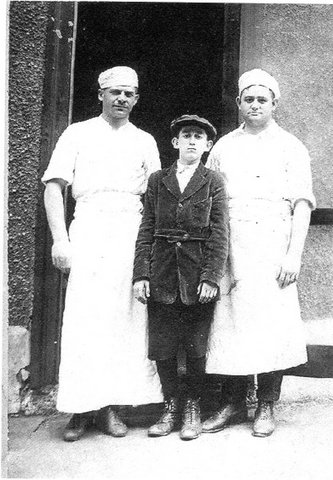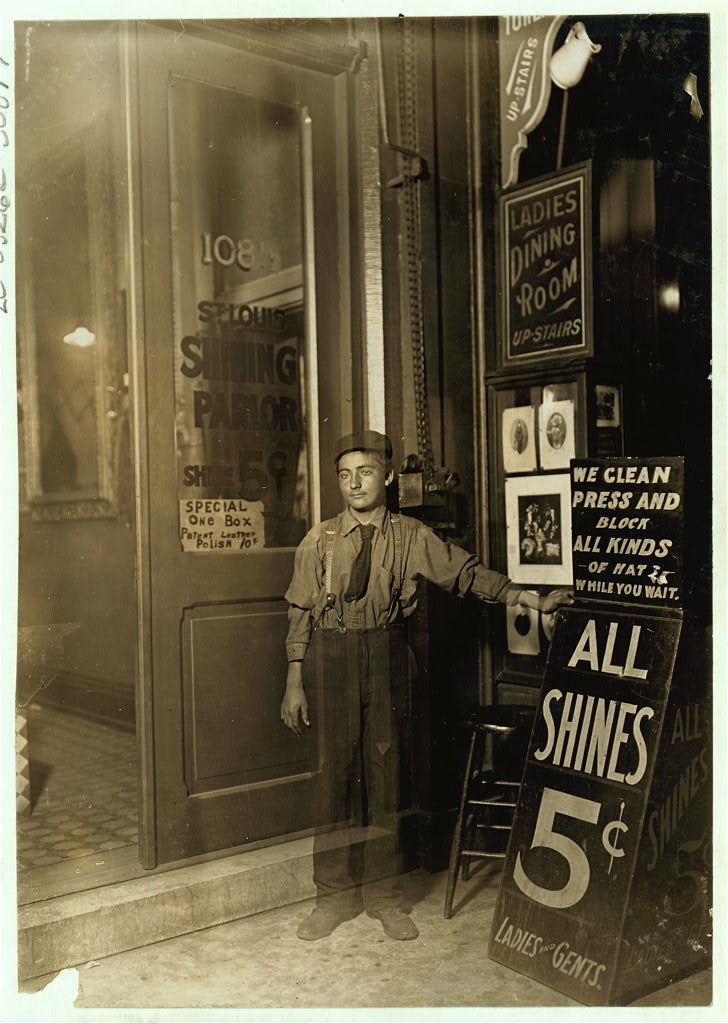By: Faithe Gerol
Case File: 52045/64
Immigrants: George Theodorpulus, Elias Kakurgiotis, et al.

In 1912, George Theodorpulus, age 18, and Elias Kakurgiotis, age 20, found themselves sitting in front of Immigration Inspector William R. Fairley. They were each asked the same questions: How did they get to the United States? What work did they find when they got in? How did they find their work? At the time, the most common reason for a European immigrant to be denied entry into the United States was if officials determined that an individual was “Likely to become a Public Charge.” This meant if certain immigrants were allowed into the United States, officials believed that they would not be able to take care of themselves, and that the government or private charity would end up providing for them. Inspector Fairley asked these two boys, who arrived from near Tripolis, Greece, how they found work so quickly after being allowed into the United States. One way that immigrants tried to get around being labeled “Likely to become a Public Charge” was to find a job for themselves before they arrived in America. This was how Theodorpulus, Kakurgiotis and 18 other boys found themselves in Nashville, Tennessee.
If these boys were workers and not public charges, why were they being investigated?
In 1885, the United States Congress passed the Alien Contract Labor Law, which prohibited immigrants from accepting jobs before they had entered the country. The government did this to appease the interests of labor unions, which had gain political influence at this time. The fear was that immigrants coming in with jobs were accepting poor conditions that undermined what the labor unions were fighting for. In the case of the Greek boys who ended up in Nashville, they had to work at least 14 hours a day, six days a week, and their bosses did not allow them to travel anywhere other than between where they worked and their apartment. The conditions in their apartment were not great either — there were six to seven people to a room with three to four people in a bed. Further, the bosses provided them with a limited amount of food. They had to cook not only for themselves, but also to feed their bosses from the same food allotment, thus not leaving much food to feed everybody.
These boys could not afford the fare to America on their own, so they found someone willing to pay for them in exchange for labor. They became indentured servants, doing the jobs that many Americans found too difficult or low-paying. Therefore, it was no wonder why it took so long for an investigation to actually start. It was not the breaking of the Contract Labor Law that attracted the authorities’ attention, but rather a concerned Greek member of the Nashville community who brought this situation to the attention of the Department of Commerce and Labor. Nobody cared that these boys came in with these jobs lined up, because few wanted to do those jobs themselves. If it were not for the concerned member of the community, investigators would not have realized the law was broken and the boys would have continued living and working under these conditions, for indentured servitude was not new to America.
Looking Deeper

From the author’s personal collection.

When thinking about the Contract Labor Law and exploitation, the Lewis Wickes Hine photo is what generally comes to mind. It was and is what most people imagine when they hear about an immigrant being taken advantage of: a youth working late into the night, doing jobs that no one wanted to do. Elias Kakurgiotis and George Theodorpulus’ case only came to the attention of the Department of Commerce and Labor because of a letter sent to them stating underage boys from Greece were being exploited. It was stated that they worked long hours and were treated inhumanely. When the investigation was conducted, it was discovered that none of these boys were actually underage and that they were more like the picture of the three men. These boys were older, most likely in their twenties. Though they still worked long hours, not as much interest was put into the case because they were older.
Photos like Hine’s gained attention due to the Progressive Movement. They wanted to expose the conditions of the classes that were being taken advantage of, and the easiest way to do that was to photograph children. Realistically, though many situations were like the Hine’s photo, there were more instances similar to the photo of the three men. Thus, the purpose of this photo was more as a family keepsake instead of proving a point to society. It was more acceptable for two 25-year old workers to work long hours in order to make enough money to survive on the bare minimum.
WHY WOULD ANY OF THIS MATTER TO US?
The United States has been trying to limit the number and type of immigrants coming into the country since 1882. The Alien Contract Labor Law of 1885 made it illegal for an immigrant to try entering the United States with a job waiting for them, unless it was to work for a family member. The fear was that unskilled workers would corrupt the labor market and lower the wages for the American citizens. This same fear is present when looking at Mexican and Central American immigrants coming into the United States today, taking jobs considered undesirable to native-born American workers. Boys coming from Greece in 1908, just like the immigrants of today, came to America to find better employment opportunities. This fear has decreased partly because the United States had an unemployment rate of 4.1 percent as of March 2018, therefore there are more jobs available. However, despite this job availability, wages have remained stagnant and have even decreased due to the relative increased costs of living, meaning financial difficulties for both Americans and immigrants.
QUESTIONS FOR FUTURE CONSIDERATION
1) What has prevented the mentality of the United States about immigrants from changing much since 1882?
2) What were some other major fears surrounding immigrants, besides them taking jobs from Americans?
Additional Sources
Samuel P. Orth, “The Alien Contract Labor Law,” Political Science Quarterly, vol. 22, no. 1, March 1907, pp. 49.